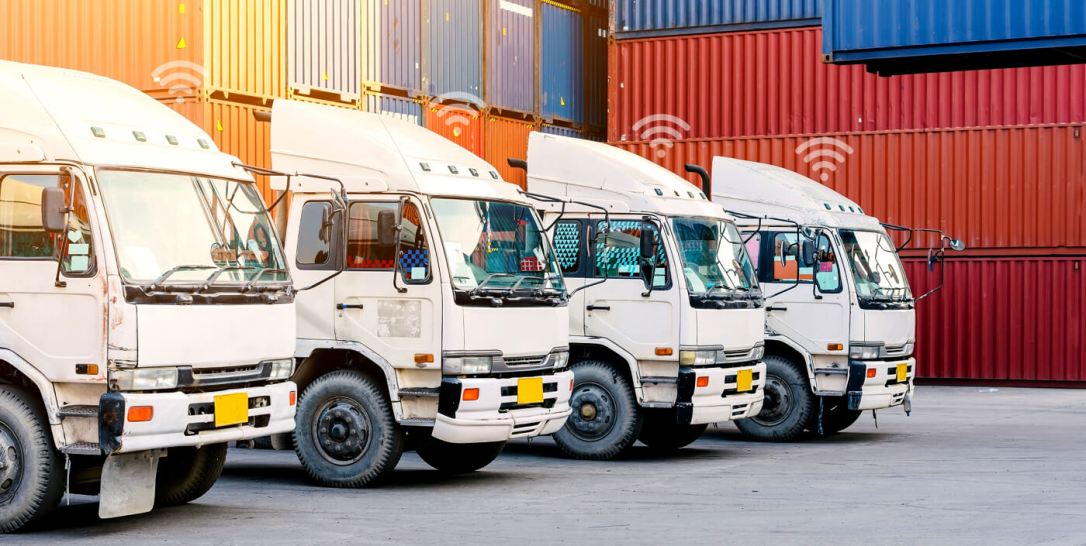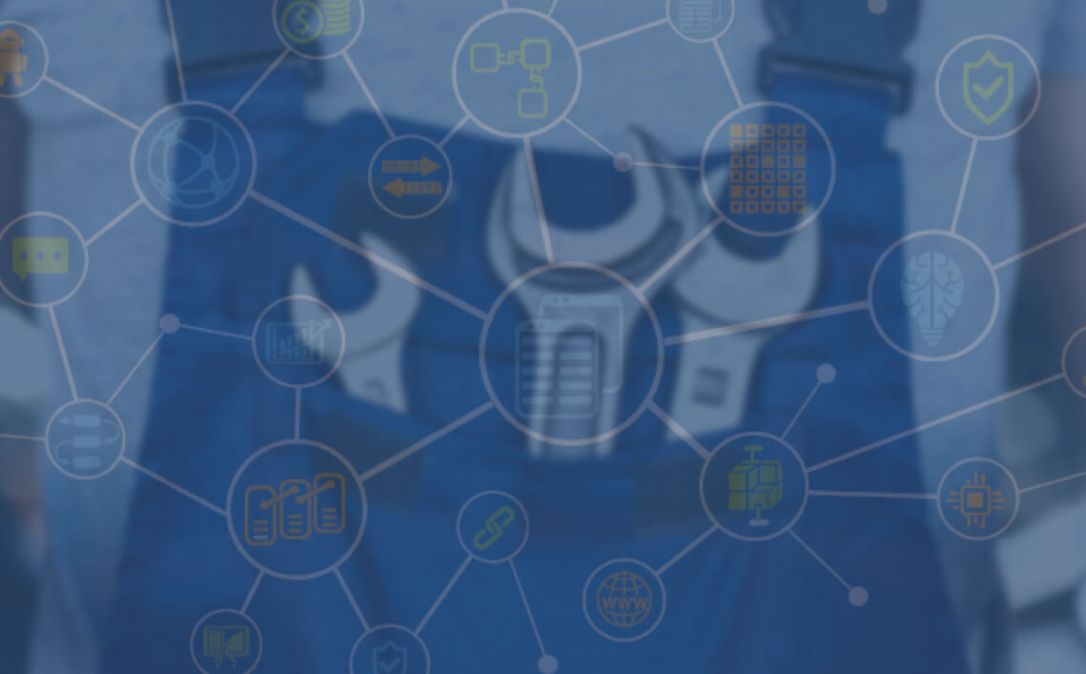For most individuals, the Internet of Things (IoT) is what connects us through our consumer applications. It consists of our fitness trackers, our smart televisions, and our smart thermostats, all of which are interconnected with one another and all of which relay data and information across the internet to where and when we need it. But when we look away from our electronic gadgets and towards the transportation industry, IoT hasn’t really become prevalent.

Although it has been present in our vehicle’s dashboards and interconnected applications, it hasn’t completely disrupted or impacted our view and use of private and public vehicle transportation. This is changing, however, as IoT powered connected automotive and transportation is expected to take off as more and more cities race to discover and digitize new ways to make our cities smarter and safer. With this on the horizon, the coming changes we will see the transportation industry take on will be exciting and noteworthy both for consumers and manufacturers alike.
Wait, So What Is IoT and Why Is It Making Waves?
According to Forbes, the Internet of Things (IoT) technology is the simple concept of connecting any device with an on or off switch to the internet and thus to one another. This creates a giant network of connected “things” or items that interact with one another on a people to people, people to things, and things to things basis. These items can be anything, from electronic gadgets like our smartphones, headphones, and wearable devices to larger items like our washing machines or the computer operated drills of oil rigs. When these devices use sensors, processors, and communication tactics to collect, send and act on the data that they acquire from the environment around them, we get the connected network.
Read More: Cost to develop IoT based Vehicle Health Diagnostic Solution
The Internet of Things (IoT) is making waves, so to speak, because with billions of devices connected to and talking with one another, we get a future that has a high potential to be safer, efficient, and more effective. We can see this on a small scale; if your vehicle knows that the route you are taking is going to make you late because of heavy traffic, it can send a text to notify whom you are meeting of the issue or your alarm clock can wake you up, turn on the lights, and send a signal to your coffee maker to boot up. On a large scale, we see the impact with smart cities, which are helping us reduce waste, improve the efficiency of our energy use, and make roads less congested. This solution is often known as smart route management. The reality of it is, IoT allows for an endless stream of opportunities to arise and it’s only going to continue to disrupt and completely change the industries we are familiar with.
How Will It Impact The Transportation Industry?
1. It Will Change How We See Vehicle Health
We are moving towards a future that will have self-driving cars and autonomous vehicles and while it’s amazing that this is in our future, it doesn’t mean that vehicle health will also become autonomous. In order to ensure that the roads are safe, tracking a vehicle’s health will become critical. As part of the vehicle’s own ecosystem, an IoT service will be built-in that will monitor and perform real-time inspections so that if any problems arise, a mechanic or the passengers within the vehicle (as well as other vehicles on the road) are notified. This type of IoT ecosystem could monitor the vehicle’s overall performance, braking capability, speed, fuel efficiency, and even age.
2. Transportation Safety Will Become a Whole Lot Smarter
One of the more common ideas behind how IoT will change the face of transportation is through a vehicle’s ability to communicate with one another in real-time. By using smart sensors, any type of car, truck, subway, monorail, or bus could alert other vehicles around them of dangerous hazards such as oncoming traffic accidents, traffic delays and jams, or reckless drivers. It could even help drivers who are having a medical emergency such as a heart attack or stroke, help those who are impaired or even those who have fallen asleep at the wheel. The drastic improvement that IoT would bring to public and private transportation in the safety realm is massive with the United States Department of Transportation noting it could reduce “up to 80 percent of crashes”.
3. We Will Become More Efficient Travellers
Despite the fact that we have GPS navigation systems and maps to tell us where to go and what the fastest route is, most of us still spend hours sitting in traffic. An IoT system could better utilize our existing options and provide us with real-time data on traffic jams, accidents, closed roads, and public transportation schedules. This will enhance how quickly and efficiently we travel.
4. Geo-fencing Will Make Shipment Management Easier
When it comes to managing a small or large fleet of trucks, it can be hard to keep track of where they all are, whether they have arrived at their destination and whether they have been successful in their delivery. With geo-fencing software and IoT systems built into the trucks, a fleet manager will always be able to know where any given vehicle is at all times and if they leave the geo-fenced area, they will get an alert. This is good because it can help you keep track of drivers and trucks, prevent vehicle theft, keep track of worked hours for payroll, and create automated workflows.
5. Public Transportation Could Become More Personalized
As of right now, knowing whether your train or bus is going to arrive on time and where it says it will be on the schedule is frustrating. An IoT ecosystem built into the public transportation vehicles can allow for real-time tracking which would ensure that the public fleet is more efficient and that passengers know where their train or bus is at all times. Each individual could receive personalized information about delays that could be affecting their commute.
Read More: IoT solution enables fleet tracking
It is without a doubt that the opportunities that IoT brings to the transportation industry, is going to make both private and public transportation more efficient, cleaner, and more comfortable for everyone using it. By being able to monitor vehicles in real-time, being alerted to safety hazards, and be able to predict the arrival of our destination with pinpoint accuracy, we can truly re-define the comfort, ease-of-use, and effectiveness that transportation brings us.
If you are having a transportation business and looking to enhance the day-to-day working operations with the help of custom IoT solutions, choosing Let’s Nurture is a no brainer.
Hire IoT developers from us who are experts in delivering AI-ML based analytics solutions that helps in predictive maintenance of the fleet of vehicles, known as Smart Fleet Management solutions. We also have worked on OBD-II based vehicle diagnostic system that offers multiple features for fleet owners as well as individuals which enables users to track remote driving behaviour with real-time tracking.
Get in touch with our IoT experts and business consultants for a FREE initial consultation to know more about custom transportation solutions which can take your transport business to the next level.








